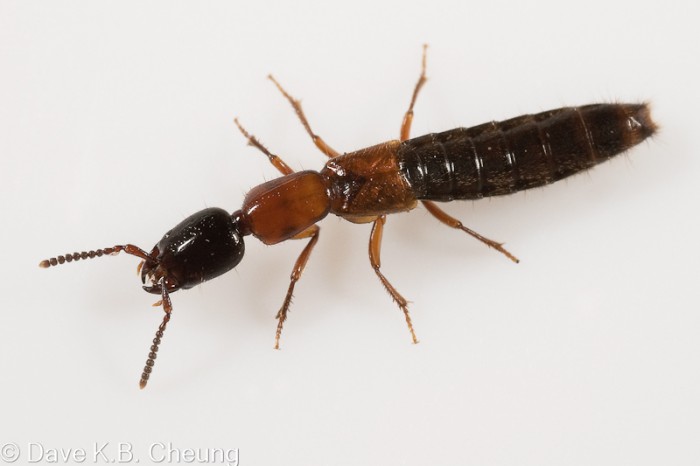North America’s insect fauna is changing rapidly. Many of us, however, are completely unaware of this: flies still land on our food, mosquitoes continue to feed on us and carpenter ants show up every year in our kitchens looking for something to eat. The truth is, something strange is happening to the insect communities in our backyards. So many foreign invaders have become established on this continent that it’s becoming a challenge in some places to find native species. In my experience this is especially apparent for beetles: firstly because there are so many exotic species here now; secondly because this is the group that I specialize in. If you casually surveyed your neighborhood for beetles, and sent the sample 100 years into the past to a taxonomist working in North America, they would probably complement you on your excellent reference collection of European Coleoptera!
So the obvious question now becomes: what is the significance of all this ‘extra’ diversity? The arrival and impact of several species have been well publicized: ash trees under attack by Emerald Ash Borer in much of eastern North America; the ‘plague-like’ populations of the Multicolored Asian Ladybeetle, outcompeting native ladybeetles and aggregating in our basements and attics. Yet these are only two of over 500 exotic beetle species known to have become firmly established in eastern North America (based on figures for eastern Canada in Klimaszewski et al. 2010). For the vast majority of these species virtually nothing is known about their current range, potential or realized affect on ecosystems, or the economic cost of these additions to our fauna. The direct cost of the Emerald Ash Borer to the urban tree industry is a relatively simple crisis to understand and thus, much (well-deserved) funding has been dedicated to researching this species. It is therefore not surprising that insects with the potential to reduce resources for our forestry, agriculture and aesthetic endeavors (e.g. gardening), receive the most attention.
My research focuses on the diversity of one of those mostly non-plant feeding groups : the rove beetles (family Staphylinidae). While many are predatory, others graze on fungi and algae, filter micro-organisms from substrates or develop inside of other insects! This group currently holds the title as the largest family in the animal kingdom (Grebennikov and Newton 2009) with a staggering 55, 440 species described as of early 2010. Rove beetles are a highly successful and adaptive group that often forms a dominant element of the insect community in a variety of habitats. In both pristine and heavily degraded ecosystems, rove beetles are abundant. Many widespread species are tolerant of a wide-range of environmental parameters and are highly dispersive, pre-adapting them for invasion of other continents via extensive human global trade. Currently just over 120 species of introduced rove beetles are known from eastern Canada alone (Klimaszewski et al. 2010).
One of my research interests involves recognizing exotic rove beetles in North America, reporting range expansions of previously established species and providing the tools necessary for their identification. I’d like to share with you my most recent publication on the subject:
(Open Access and free to download)
In this paper, Christopher Majka (Nova Scotia Museum of Natural History) and I reviewed the species of Xantholinus in North America. All species of this diverse genus are native to the Old World and thus all three species now recorded in North America were accidental imports, probably through trade of nursery stock and the associated soil. One large, brightly colored species, Xantholinus elegans, was recognized in North America for the first time and was probably introduced sometime after the year 2000. We also provided a key to help with the identification of these species.
I am continuing my research on exotic rove beetles and several similar papers are currently being prepared. Another exciting project on rove beetle diversity has been submitted to the Canadian Journal of Arthropod Identification. If accepted, a new subfamily key will be available in addition to species keys to the Staphylinina, including the biggest species found in the family. Look for this to come out in the coming months!


Nice – beetles are taking over the fly blogs, too!
It does seem that flies have been taking a back seat to other orders around here lately… I’ll have to work on that!